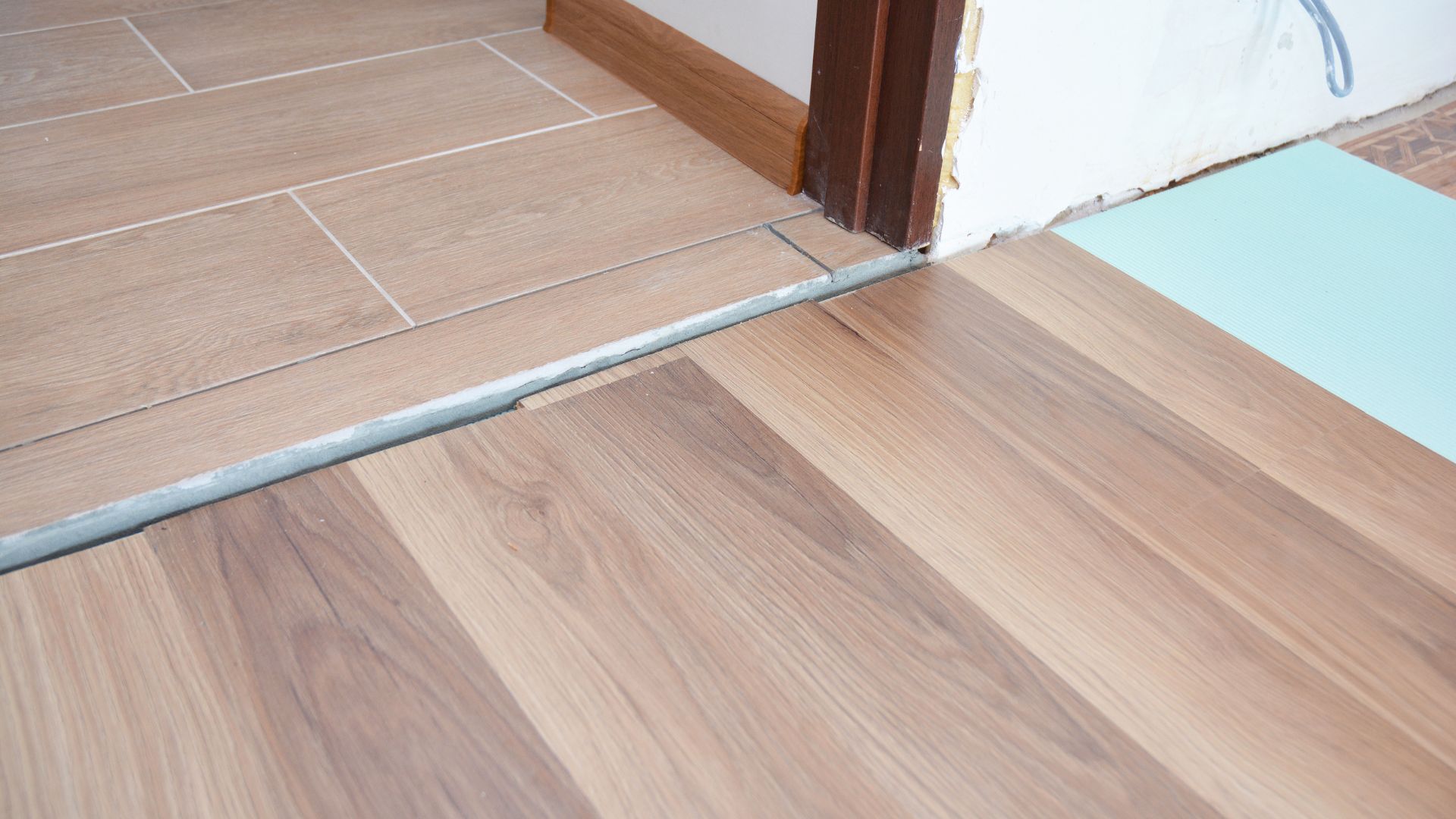

The 10mm gap left around the perimeter of the interior and around other obstacles is a critical component of any laminate flooring installation, and it is necessary for several reasons. This gap is also referred to as an expansion gap, and it is one of the key factors in ensuring the longevity and stability of laminate flooring. Understanding the reasons behind the 10mm gap will help you to better understand why it is such an important aspect of laminate flooring installation.
The first reason for the necessary 10mm gap is the natural expansion and contraction of the laminate flooring planks. Laminate flooring is made from high-density fiberboard (HDF), which is derived from wood. Wood, like all natural materials, is subject to expansion and contraction as a result of changes in temperature and humidity levels. As temperatures increase, the laminate flooring planks absorb moisture, which causes them to expand. On the other hand, as temperatures decrease, the planks release moisture, which causes them to contract.
If the gap is not left around the perimeter of the interior or around other obstacles, the laminate flooring planks will have no room to expand. As a result, the planks will push outward against walls or other obstacles, causing the edges of the planks to buckle or lift. This buckling can be unsightly and can cause the planks to become damaged or separated. To avoid this type of damage, it is essential to leave a 10mm gap around the perimeter of the interior and around other obstacles, which will allow the planks to expand and contract naturally without causing any damage.
The second reason for the necessary 10mm gap is to allow for proper ventilation. When the laminate flooring planks are installed, they need to have a small space between the walls or other obstacles to allow for proper ventilation. This ventilation is critical to ensuring that the flooring stays dry and free of mold and mildew, which can cause the planks to become damaged over time. Proper ventilation also helps to extend the lifespan of the flooring by preventing it from becoming warped or buckled.
The third reason for the necessary 10mm gap is to allow for ease of installation. If the gap is not left around the perimeter of the interior or around other obstacles, it can be difficult to install the flooring correctly. This can result in uneven seams or uneven spacing between the planks, which can cause the flooring to look poorly installed. Leaving the 10mm gap will make the installation process much easier and will result in a more professional-looking final product.
Finally, the fourth reason for the necessary 10mm gap is to allow for any future flooring adjustments. In the event that you need to replace or repair a section of your flooring in the future, leaving the 10mm gap will make the process much easier. You will have the necessary space to remove or replace the planks without damaging the surrounding flooring.
In conclusion, the necessary 10mm gap around the perimeter of the interior and around other obstacles is an essential component of any laminate flooring installation. This gap is necessary to allow for the natural expansion and contraction of the laminate flooring planks, proper ventilation, ease of installation, and future flooring adjustments. By leaving this gap, you can ensure the longevity and stability of your laminate flooring, which will help to protect your investment for years to come.





